Banks are aggressively mobilizing capital through certificates of deposit with higher interest rates than regular savings deposits. The market is concerned that this signal could lead to a wave of rising interest rates, leading to increased input costs for banks, forcing them to adjust lending rates.
Certificate of Deposit Race
Saigon Thuong Tin Commercial Joint Stock Bank (Sacombank) recently issued VND5,000 billion in deposit certificates with a term of 7 years and a fixed interest rate of 7.1% in the first year. Interest rates in the following years will be flexibly adjusted according to the market.
Accordingly, Sacombank’s deposit certificates have a face value of 1 million VND. The principal is paid once upon maturity and interest is paid periodically every year. Notably, buyers of Sacombank deposit certificates can withdraw part or all of the capital before maturity, transfer it, or mortgage it to borrow capital at preferential interest rates…
Similarly, Vietnam Public Joint Stock Commercial Bank (PVcomBank) has also just issued deposit certificates for individual customers, with a fixed interest rate of 8%/year, and a term of up to 85 months. Notably, PVcomBank's deposit certificates have a minimum face value of 10 million VND, and customers are paid interest monthly instead of annually as usual. This means that after receiving monthly interest, the owner of the deposit certificate can continue to save to increase the interest amount. In fact, buyers of PVcombBank deposit certificates have an actual interest rate higher than the 8%/year interest rate set by the bank.
Along with the issuance of deposit certificates, many banks are also preparing to increase deposit interest rates after a period of competing to lower them. Incomplete statistics show that since the beginning of September, at least 6 commercial banks have increased their short-term deposit interest rates.
The latest is the Bank for Agriculture and Rural Development (Agribank) which increased the savings interest rate for 1-2 months by 0.2 percentage points, to 2%/year; the online savings interest rate for 3-5 months increased by 0.3 percentage points, to 2.5%/year; the interest rate for 6-9 months was adjusted up slightly by 0.1 percentage points, to 3.3%/year.
The latest analysis report of MB Securities Joint Stock Company (MBS) points out that the reason why banks increase deposit interest rates and attract capital through other channels such as high-interest certificates of deposit is to improve the competitiveness of the savings channel compared to other investment channels. The MBS analysis team believes that the increase in deposit interest rates is also due to continued credit growth when capital demand often accelerates strongly in the last months of the year.

The high demand for capital at the end of the year is said to be the reason why banks are rushing to increase deposit interest rates. Photo: Lam Giang
Customers worry about rising loan interest rates
Faced with information about increased deposit interest rates, some people who have or are about to borrow money from banks to buy houses, spend or do business are worried that output interest rates may increase again in the near future.
Regarding this issue, Mr. Tran Tan Loc, Vice Chairman of the Board of Directors of Vietnam Export Import Commercial Joint Stock Bank (Eximbank), said that depending on the capital structure of each bank, the bank will decide whether to adjust interest rates or not. Because if credit demand increases sharply, the bank is forced to increase long-term deposit interest rates to attract depositors or the bank predicts that deposit interest rates will increase in the future, so it decides to increase in advance to anticipate market trends.
"Whether or not the lending interest rate increases depends on the bank's input costs. Suppose the bank increases the long-term deposit interest rate but at the same time mobilizes a large amount of non-term deposits at "cheap" prices, the bank's input costs will not increase, and the lending interest rate will remain stable.
On the contrary, banks need long-term capital so they have to mobilize capital with high interest rates but without other channels to attract low-cost deposits, input costs will increase, and lending interest rates will certainly increase accordingly," Mr. Loc analyzed and commented.
Mr. Tran Minh Hoang, Director of Research and Analysis at Vietcombank Securities Company (VCSB), commented that deposit interest rates may increase to ensure the attractiveness of VND but have not yet created an interest rate race, due to the slow credit absorption of the economy. Accordingly, VCBS expects that the lending interest rate level will not fluctuate much in the second half of 2024. However, lending interest rates still have differentiation between industries and the risk level of each bank.
Looking at it from another perspective, financial expert - banker Nguyen Tri Hieu is concerned that in the context of credit growth not increasing strongly but banks still increasing deposit interest rates or issuing high-interest deposit certificates is a matter of concern.
According to him, it is possible that due to the increase in bad debts, some banks cannot recover capital, liquidity has decreased, so they have to increase deposit interest rates to attract capital and stabilize cash flow. This may increase the bank's operating costs, causing lending interest rates to increase.
At the recent regular Government press conference, Deputy Governor of the State Bank of Vietnam Dao Minh Tu assessed that the mobilization interest rate increased but the lending interest rate decreased, which means that commercial banks have shared a lot with businesses. Although deposits must increase to pay higher interest rates to depositors but lending decreases, the gap between input and output will narrow.
Real estate credit increases
From the perspective of state management, Mr. Nguyen Duc Lenh, Deputy Director of the State Bank of Vietnam, Ho Chi Minh City branch, said that in the first 7 months of 2024, general credit in the city increased by 3.9%, but the growth rate of real estate credit was up to 5.5%; in which, housing loans (including social housing, commercial housing, other housing) accounted for the highest proportion, about 57% of total outstanding real estate credit in the area.
Outstanding loans for social housing increased by 78% compared to the end of 2023 when banks increased disbursement for social housing projects in the area. Real estate credit serving production and business such as: infrastructure development of industrial parks - export processing zones, loans for construction of offices, high-rise buildings, restaurants, hotels, tourist areas, etc. all achieved a good growth rate.
"The results of real estate credit activities in the area are associated with the growth trend of the market. Therefore, some banks are increasing deposit attraction to implement upcoming lending plans, creating momentum to increase outstanding loans in all fields," said Mr. Lenh.
Source: https://nld.com.vn/ruc-rich-tang-lai-suat-huy-dong-196240910221837352.htm



![[Photo] Visiting Cu Chi Tunnels - a heroic underground feat](https://vstatic.vietnam.vn/vietnam/resource/IMAGE/2025/4/8/06cb489403514b878768dd7262daba0b)




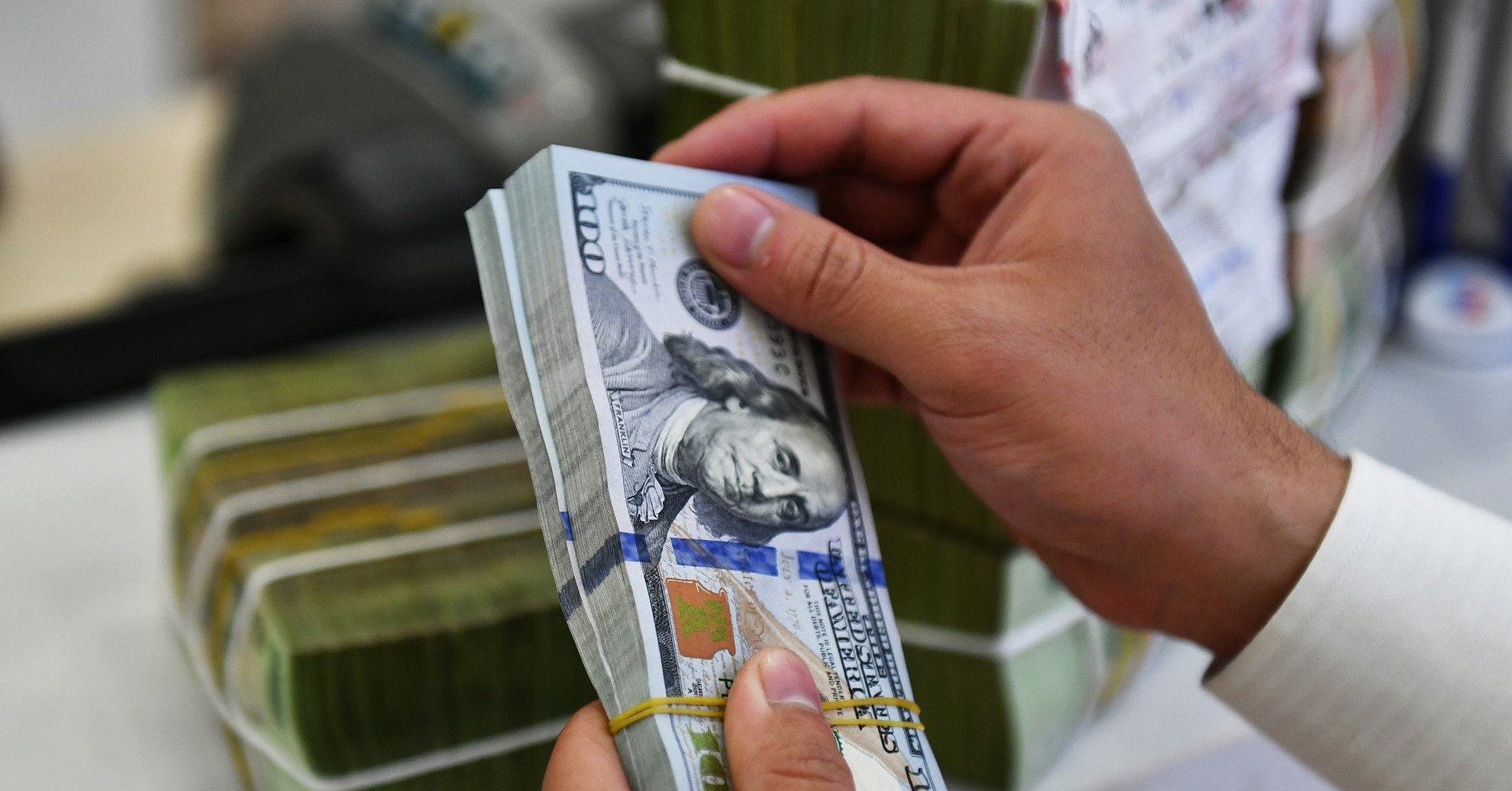


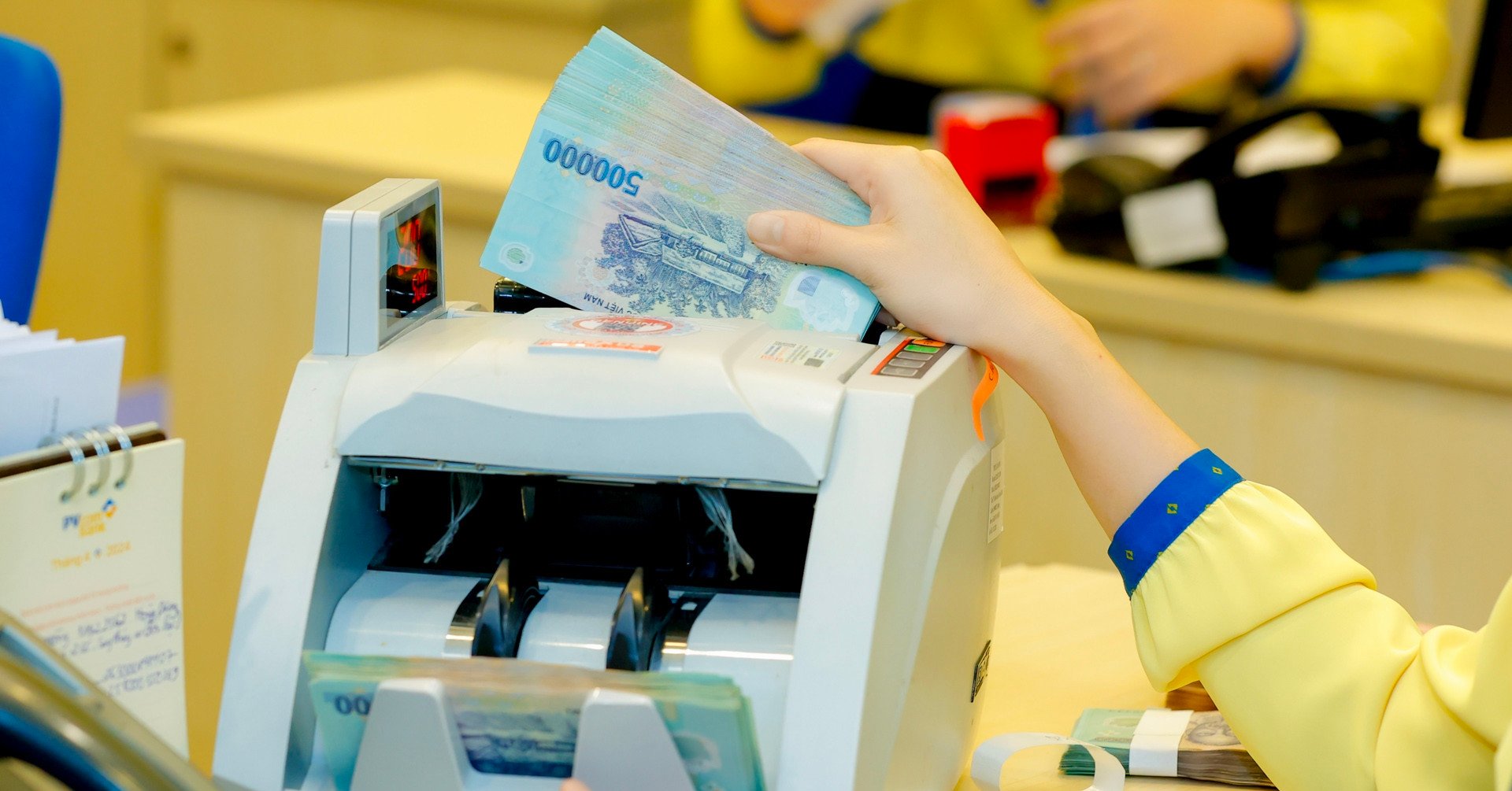
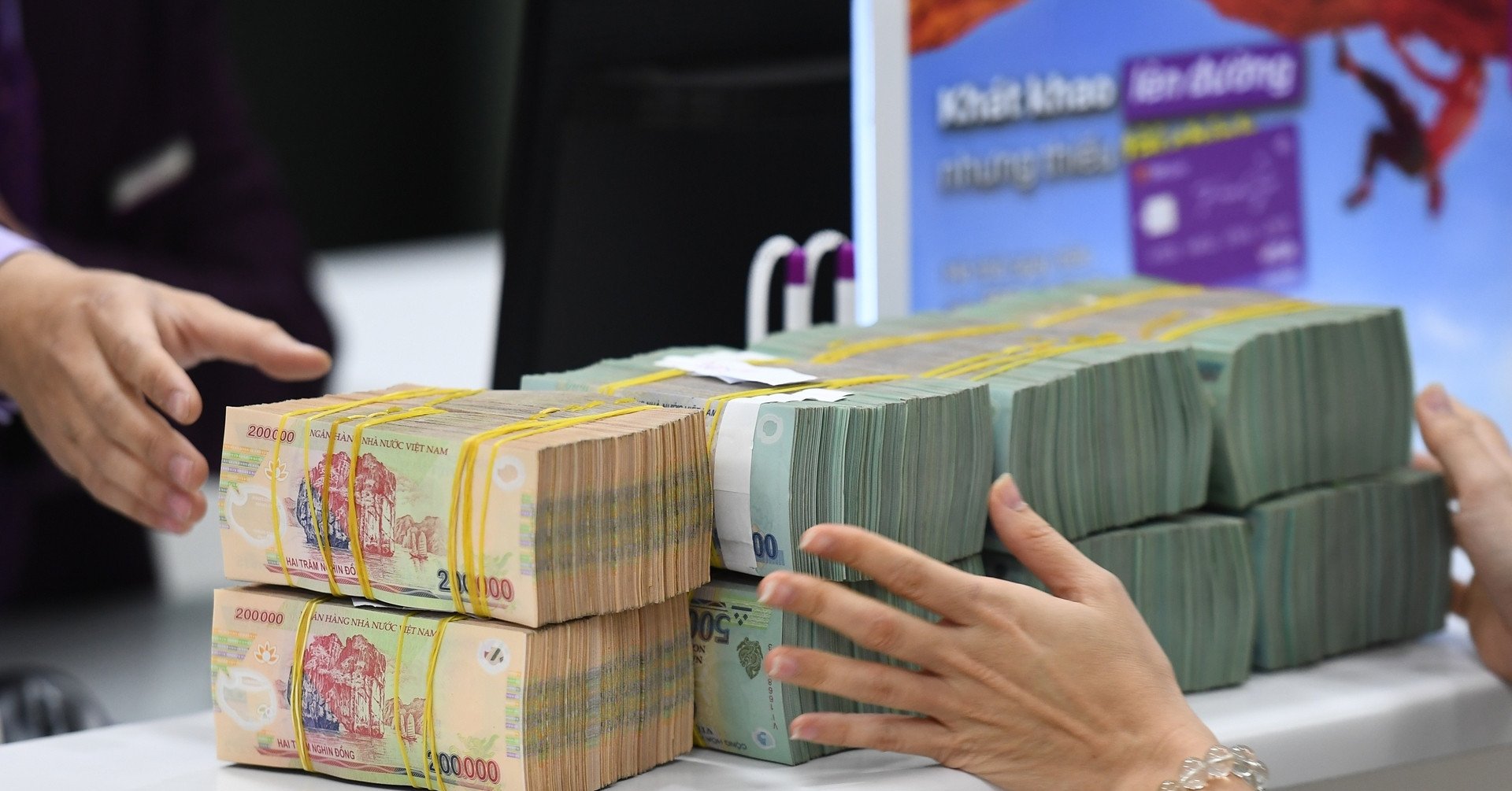



















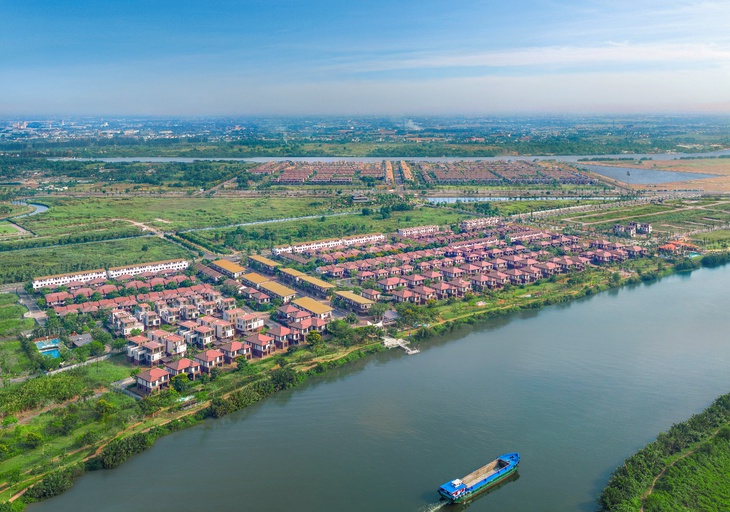































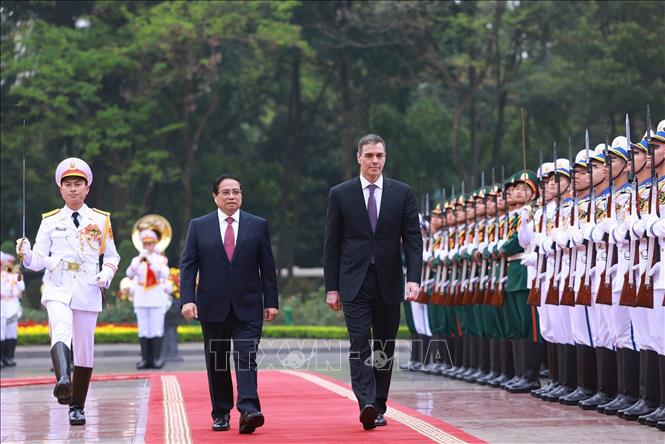










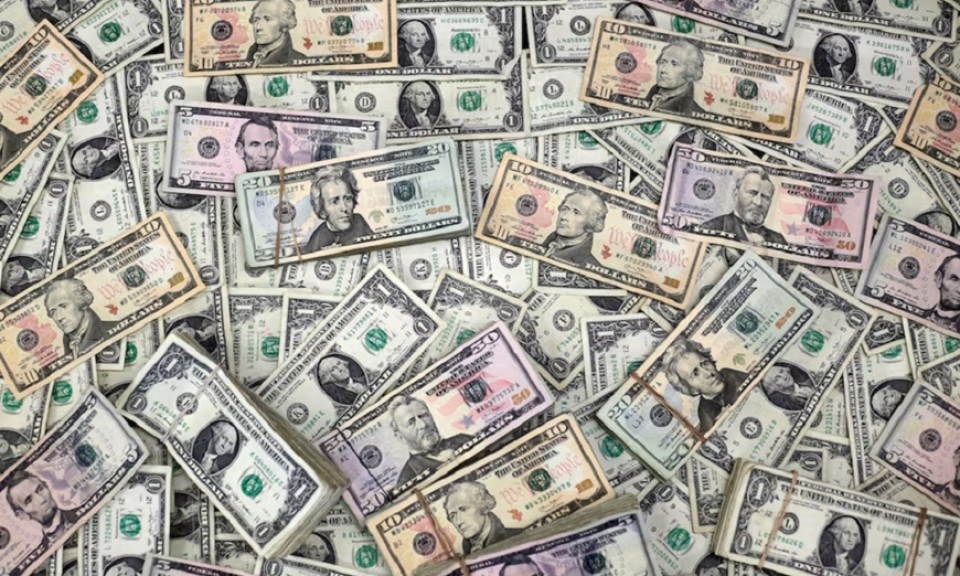




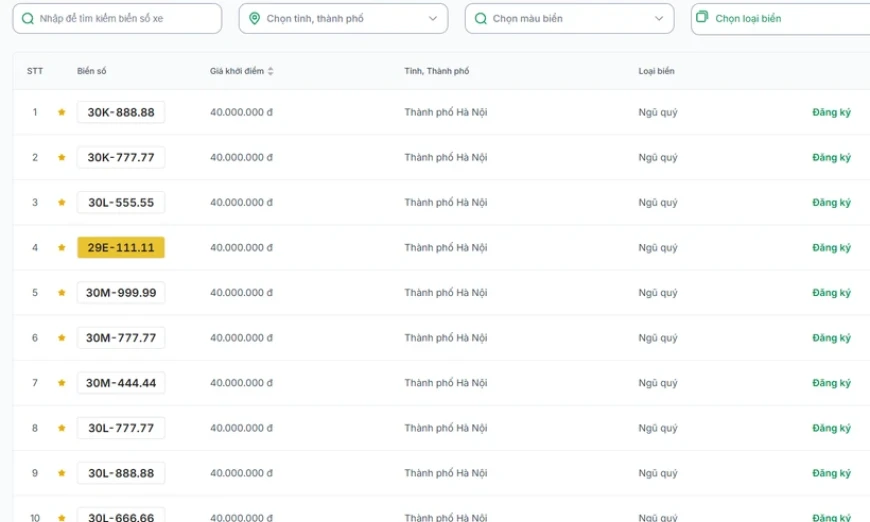










Comment (0)